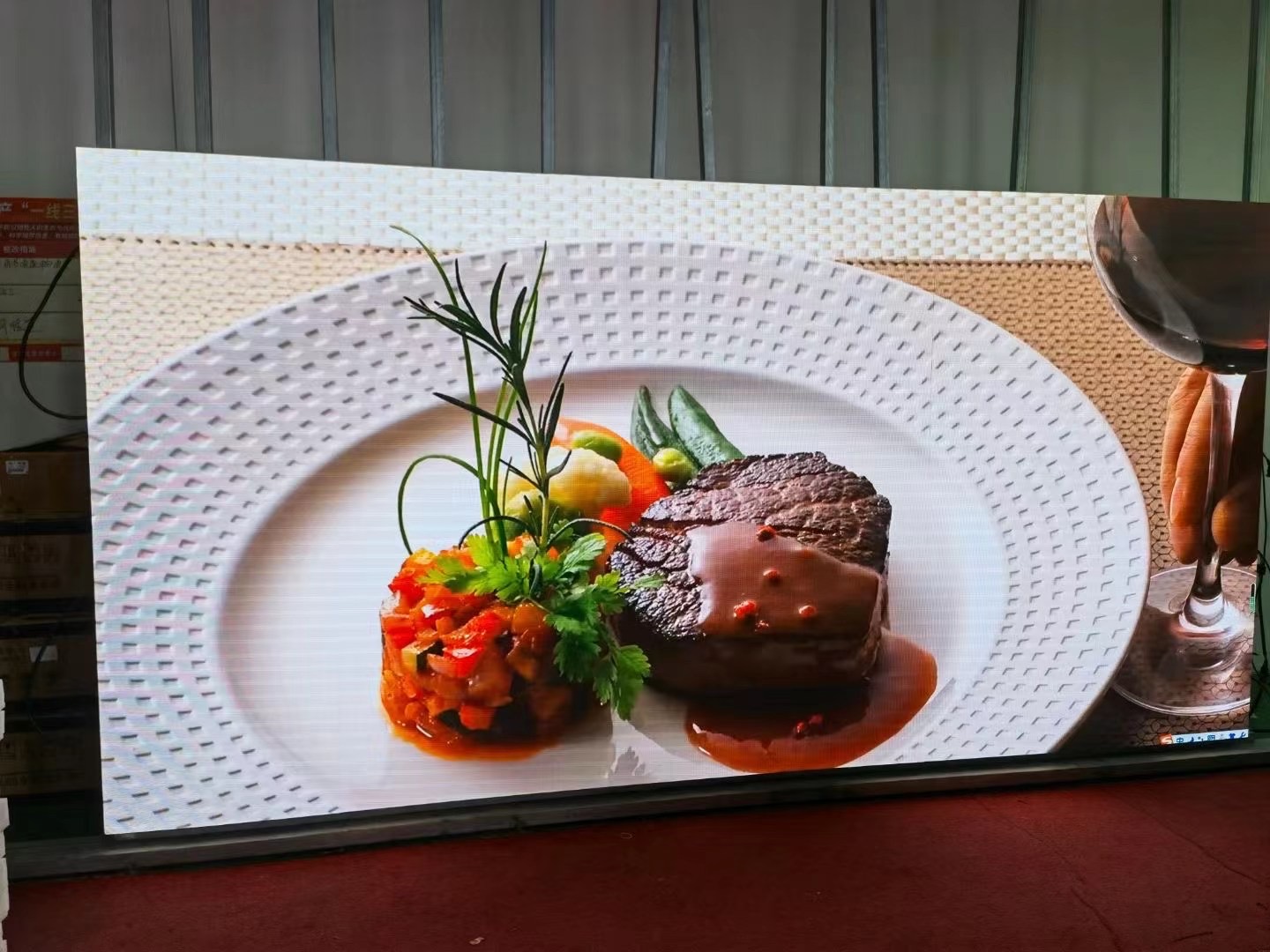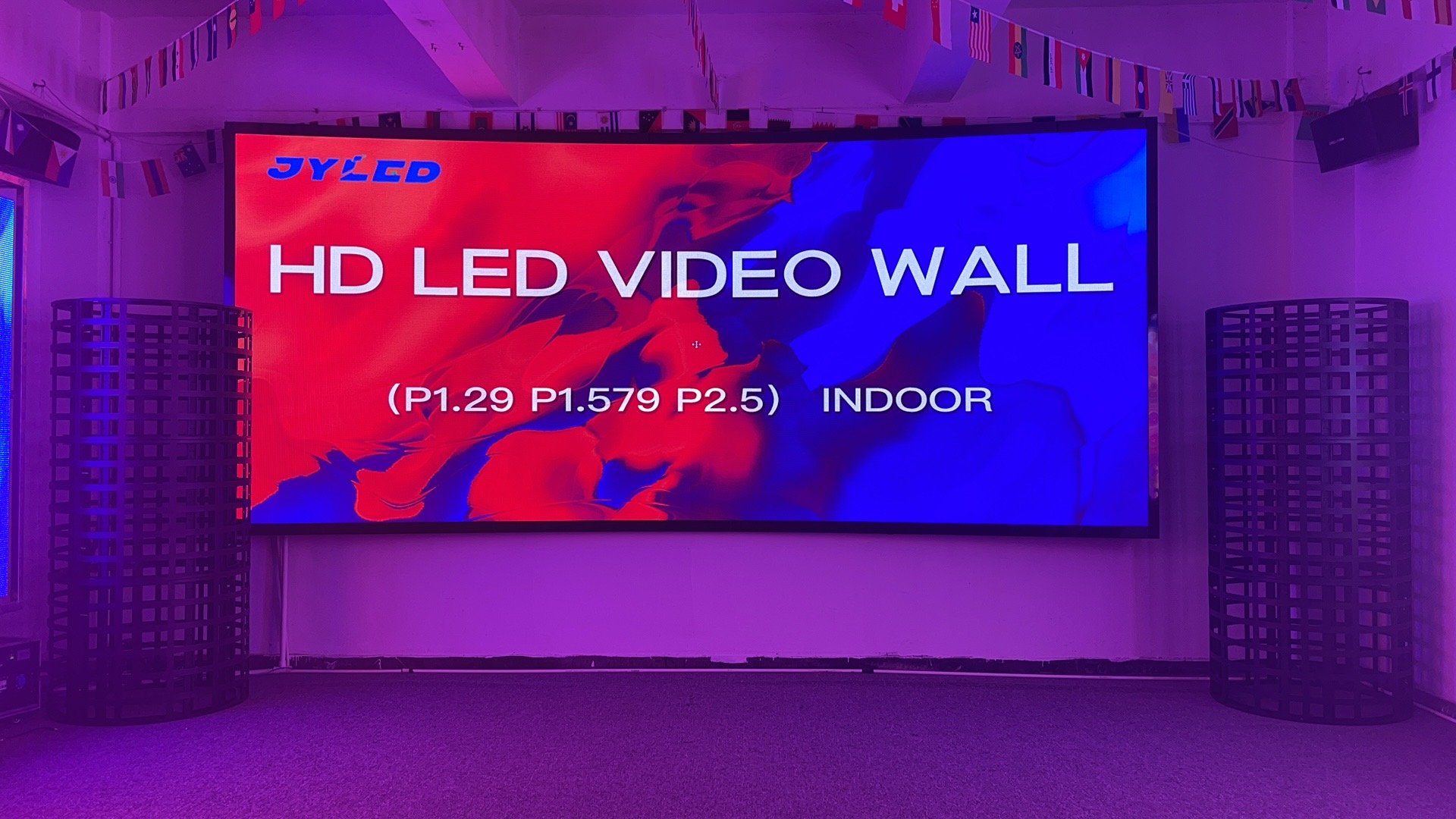Do you know LED display knowledge?
LED display knowledge is currently the mainstream demand of most indoor display customers, but many users only know one concept and do not have a clear understanding of specific products and the technical differences involved. With the continuous advancement and development of fine-pitch technology and technology, the cost will become lower and lower.
First of all, the prerequisite for understanding LED display knowledge is to know what Mini/Micro LED is.
The pitch P1.0 is called Mini below, and the pitch below P0.3 is called Micro.
The best technical route for Mini is COB, and the best technical route for Micro Led is COG (Chip On Glass), not GOB (Glue On Board).

Next, let’s take a look at the specific LED display knowledge:
1. LED display knowledge, what is COB?
COB is a packaging technology that fixes the LED light-emitting chip on the PCB substrate and then attaches the glue as a whole. It has the characteristics of moisture-proof, anti-static and anti-collision, and the phenomenon of dead light caterpillars is greatly reduced. It is the most suitable technical route in the mini era.
2.LED display knowledge, what is COG?
COG, or Chip on Glass, refers to the direct bonding of the LED chip to the glass substrate and then the overall packaging. The biggest difference from COB is that the chip fixed carrier is replaced with a glass substrate from a PCB board, and the dot pitch can be less than P0.1. It is the most suitable technical route for Micro LED.
3. LED display knowledge, what is GOB?
GOB, or Glue On Board, is a protective process for pouring glue on the SMD module, which can solve the problem of moisture and bumping. It can be mainly applied to rental screens, but there are problems of stress relief, heat dissipation, repair, and poor glue adhesion.
4. LED display knowledge, what is IMD?
IMD (Integrated Matrix Devices) matrix integrated packaging solution (also known as “all-in-one”), currently typically in the form of 2*2, that is, 4 in 1 lamp beads, integrated packaging 12 RGB three-color LED chips. IMD is an intermediate product of SMD discrete devices transitioning to COB: the pitch can be lowered to P0.7 while improving the anti-collision ability, but the 4 lamps have chromatic aberrations due to the inability to separate light and color and need to be corrected.

5. LED display knowledge, what is SMD?
SMD (Surface Mounted Devices) refers to packaging the LED chip into a single surface mount lamp bead. The lamp bead is mounted on the PCB board through the placement machine to make an LED module. SMD is currently the most mainstream packaging solution for small pitches. It has the advantages of a complete industrial chain, mature technology, and high cost performance. However, easy bumps, dead lights, and caterpillars are still the main problems currently facing.
6. LED display knowledge, what is the LED chip?
Formal chip means that the electrode of the chip and the light-emitting surface are on the same side, and the electrode is connected to the substrate through metal wire bonding. It is the most mature chip structure and is mainly used in LED screens above P1.0. The metal wires are mainly gold and copper, and a three-color LED lamp bead has 5 wires. It is easy to fall off under the influence of moisture and stress, resulting in dead light.
7. LED display knowledge, what is flip chip?
A: The light-emitting surface of the flip chip is facing up and the electrode surface is facing down, which is equivalent to turning the front chip upside down, so it is called “flip chip”. The advantages of flip chip: no wire bonding, higher stability; high luminous efficiency, low energy consumption; large positive and negative spacing, effectively reducing the risk of lamp bead failure. Univision’s COB products use full flip-chip technology.
